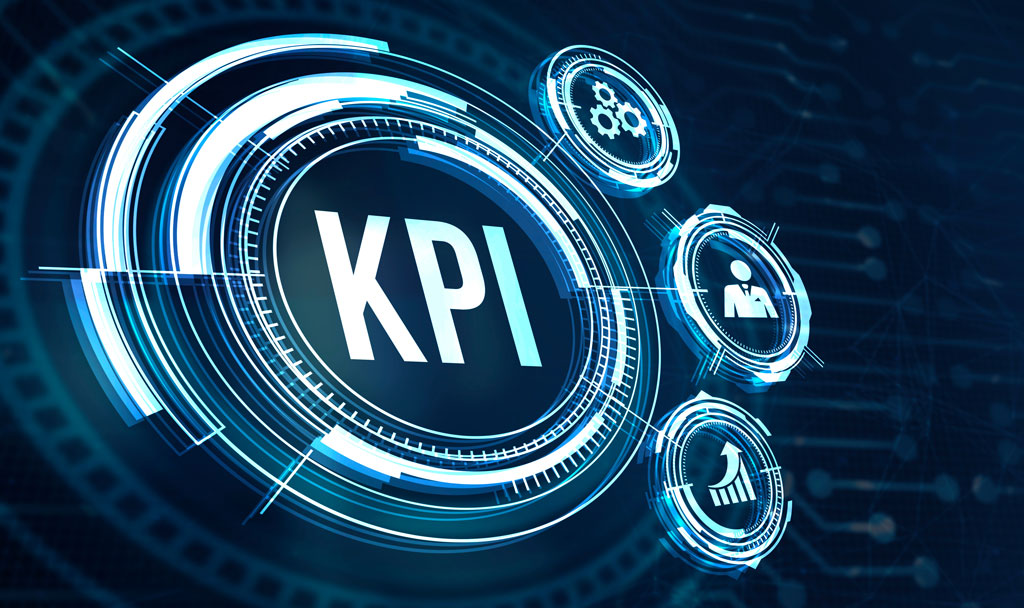
At the heart of the field of private safety and security lies a perpetual quest: continuous improvement. Professionals in the sector understand that to guarantee a secure environment, it is essential to measure, analyse and adjust on an ongoing basis. This is where Key Performance Indicators (KPIs) and Key Risk Indicators (KRIs) come into play, forming the bedrock of an effective security strategy.
Safety KPIs serve as a compass in the complex world of private safety. One of the fundamental indicators is the incident response rate. By measuring the time elapsed between the detection of an incident and the intervention, safety managers get a clear picture of their responsiveness. Raw numbers sometimes reveal more than detailed reports, and a rapid response KPI can be the difference between prevention and catastrophe.
The coverage of the safety perimeter is also crucial. Surveillance-related KPIs, such as the percentage of areas monitored in real time, offer a tangible insight into the effectiveness of the surveillance strategy. From safety robots to advanced video surveillance systems, these indicators show how technology plays an essential role in creating a safety shield.
Other important KPIs are those relating to financial aspects: budget allocated to site surveillance and inspection, ROI, expenditure, savings, salaries, etc.
A human dimension must also be assessed via KPIs relating to staff training. From successful crisis simulations to training attendance rates, these indicators capture the very essence of operational readiness. A well-trained team is an invaluable asset, capable of dealing with challenges in a coordinated and effective way.
There are 2 types of reporting:
– Operational reporting, for which most security managers monitor KPIs
– Strategic reporting, with a very strong dichotomy between indicators of the effectiveness of actions taken and the ROI that can be deduced from them. Security/safety is always hampered by the difficulty of proving the losses it has prevented.
*Source: Barometer of safety engineers and managers 2023 – CNPP
Security KRIs represent the anticipatory radar, scanning the horizon for potential threats. Cyber attacks, physical security breaches and environmental risks are all areas where KRIs play a key role.
The rate of unauthorised intrusions into IT systems can be a key IT KRI. As cybercrime evolves, these indicators help to anticipate attacks and strengthen cyber-resilience. Security is no longer measured solely on the physical terrain, but just as much in the digital labyrinths.
Physical KRIs go beyond incidents, delving into emerging trends. Social movements, geopolitical tensions and demographic changes are crucial elements to monitor. Security managers need to be forward-thinking analysts, using these KRIs to adapt their strategies accordingly.
The ultimate challenge lies in the subtle balance between KPIs and KRIs. While KPIs offer a retrospective view, KRIs shed light on the future. By combining them, security and safety managers can provide a proactive response, adjusting operational priorities to counter the imminent threat.
The private security industry is a dynamic ecosystem, where the only constant is change. KPIs and KRIs are not static elements, but adaptive guides, evolving with emerging challenges.
Professionals understand that figures are not simply data, but stories to be deciphered. A rising KPI may be the prelude to a systemic improvement, while a flashing KRI may reveal a hidden flaw.
Integrating an autonomous robot like the GR100 into the arsenal of the safety and security manager is an innovative step forward. Equipped with enhanced surveillance and analysis capabilities, this roundup robot is an undeniable asset for boosting KPIs and KRIs. By incorporating the GR100 into an overall strategy, the safety and security manager can increase perimeter coverage, thereby reducing incident response time.
Thanks to its sophisticated sensors and on-board artificial intelligence, the GR100 offers an inexhaustible source of reliable data in real time. The KPIs linked to surveillance can benefit from this constant vigilance, ensuring exhaustive coverage of the terrain. What’s more, by analysing the data collected, the GR100 contributes to the generation of KRIs by identifying emerging trends, abnormal behavioural patterns and risks.
The integration of the GR100 is not simply a technical improvement, but a revolution in predictive and preventive capability. The combination of human efficiency and mechanical precision offers a formidable duo, where human and technology work in harmony to ensure optimum security. By integrating the GR100, the security and safety manager gains a reliable partner, taking his or her team to new heights of operational efficiency and resilience in the face of today’s challenges.
On the road to predictive and reactive security!
* Key Performance Indicators
** Key Risk Indicators

Head of Marketing & Communication at Running Brains Robotics